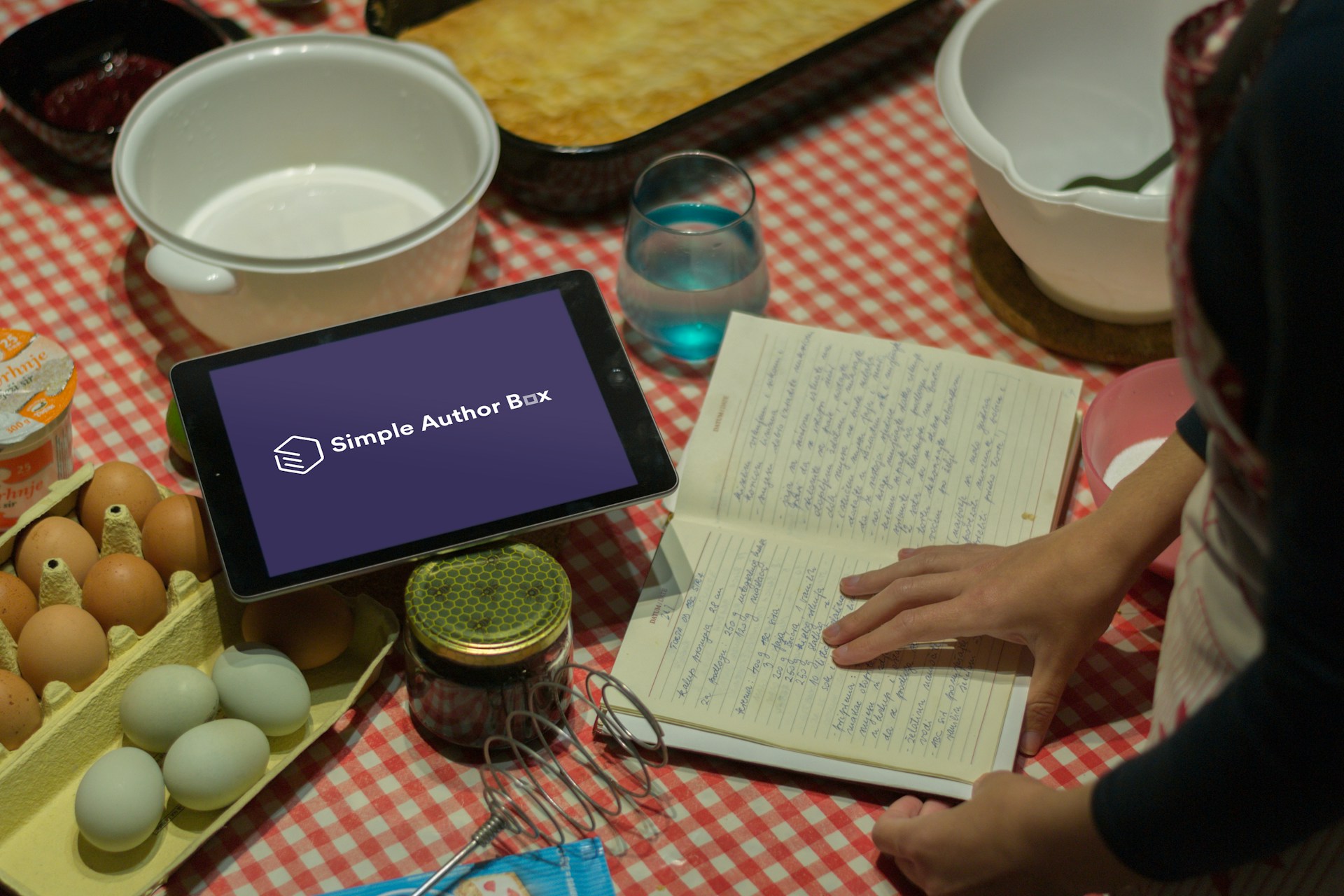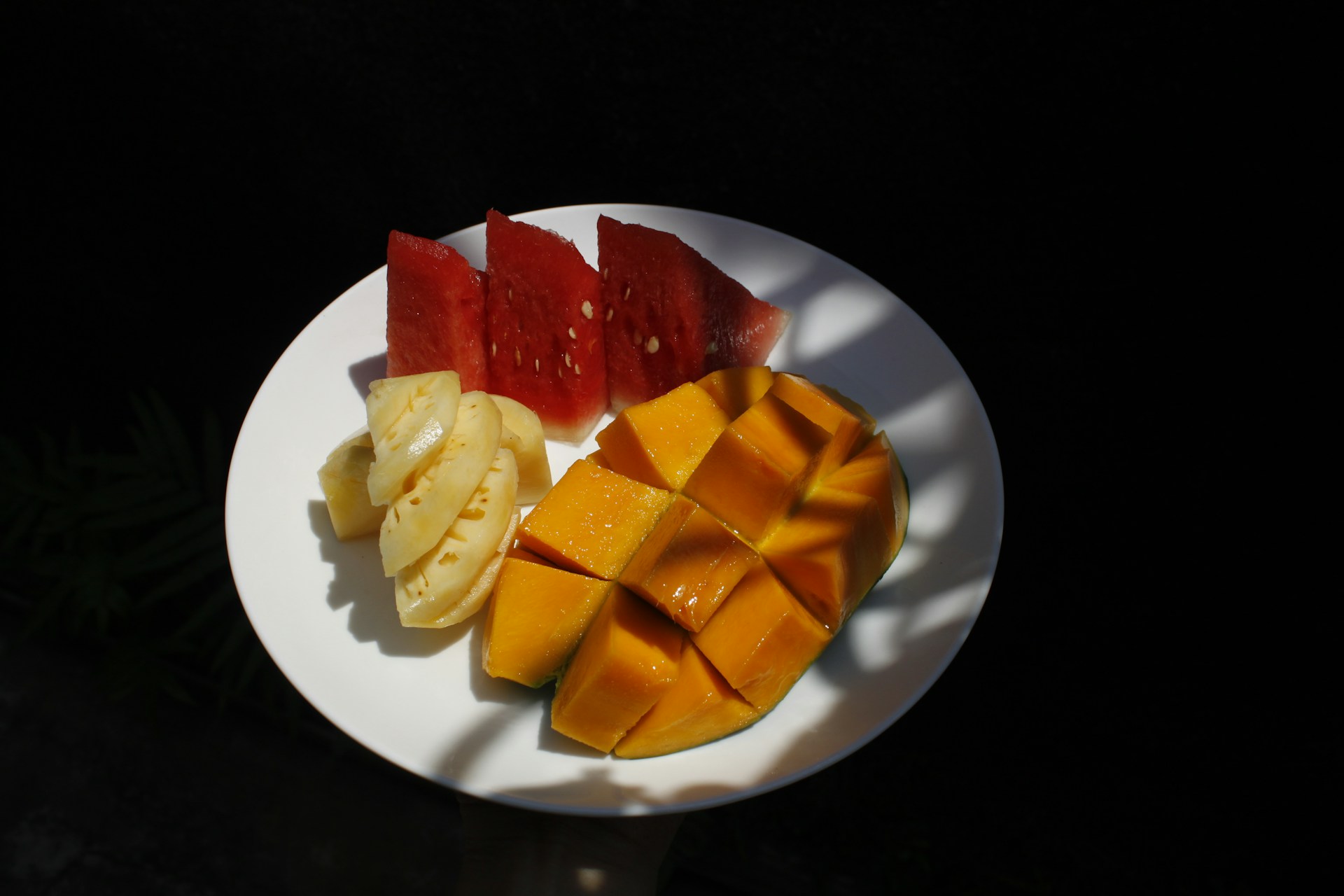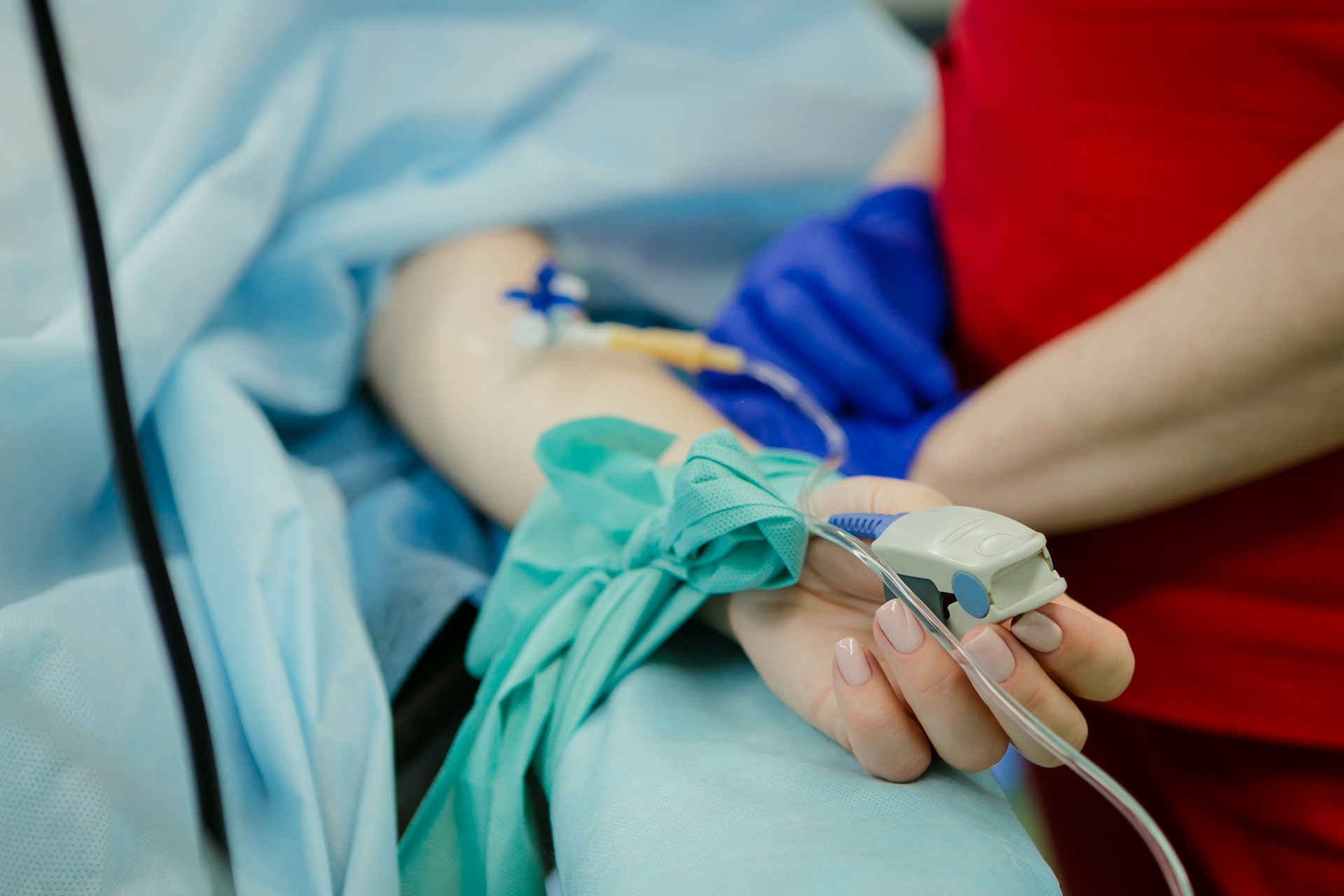Hubungan Asupan dan Kadar Serum β-karoten, Aktivitas SOD, TNF-α dan 8-isoprostan Serum dengan Ukuran Tumor Payudara
Downloads
Latar Belakang: Kanker payudara dapat disebabkan oleh berkembangnya Reactive Oxygen Species (ROS) di dalam sel yang memicu stres oksidatif dan oksidasi pada DNA. DNA akan kehilangan kemampuannya untuk memperbaiki diri dan terjadi mutasi. Mutasi dapat menyebabkan pertumbuhan dan perkembangan sel tumor. Asupan antioksidan seperti β-karoten pada penderita tumor dimungkinkan dapat menurunkan stres oksidatif dan risiko berkembangnya kanker.
Tujuan: Penelitian ini bertujuan untuk menganalisis hubungan asupan dan kadar serum β-karoten, aktivitas SOD, TNF-α dan 8-isoprostan serum dengan ukuran tumor payudara.
Metode: Penelitian ini menggunakan desain cross-sectional. Data yang digunakan adalah data baseline dari penelitian utama yang diambil pada bulan November-Desember 2018. Sebanyak 15 orang wanita yang terindikasi tumor payudara dan memenuhi kriteria inklusi serta eksklusi diikutsertakan dalam penelitian ini. Data dianalisis menggunakan uji korelasi Pearson dan spearman.
Hasil: Usia subjek berkisar antara 22-52 tahun dengan rata-rata usia 36 tahun. Hasil penelitian menunjukkan asupan β-karoten per hari masih kurang. Terdapat hubungan antara asupan β-karoten dengan aktivitas SOD (p=0,025; r=0,408) dan aktivitas SOD dengan ukuran tumor payudara (p=0,018; r=-0,430). Hal ini menunjukkan bahwa terdapat hubungan tidak langsung antara asupan β-karoten dengan ukuran tumor payudara. Kadar serum β-karoten, TNF-α dan 8-isoprostan serum tidak berhubungan signifikan dengan ukuran tumor payudara (p=0,107; r=-0,430 | p=0.061; r=0,347 | p= 0,217; r=0,232).
Kesimpulan: Terdapat hubungan antara asupan β-karoten dengan aktivitas SOD dan aktivitas SOD dengan ukuran tumor payudara.[Globocan] The Global Cancer Observatory. Cancer fact sheet. https://gco.iarc.fr/today/data/factsheets/cancers/39-All-cancers-fact-sheet.pdf (2019).
Kementerian Kesehatan RI. Profil Kesehatan Indonesia Tahun 2018. (2018).
Bodian, C. A. Benign Breast Diseases, Carcinoma In Situ, and Breast Cancer Risk. Epidemiol. Rev. 15, 177–187 (1993).
Fleming, N. T., Armstrong, B. K. & Sheiner, H. J. The comparative epidemiology of benign breast lump and breast cancer in Western Australia. Int. J. Cancer 30, 147–152 (1982).
Trachootham, D., Alexandre, J. & Huang, P. Targeting cancer cells by ROS-mediated mechanisms: A radical therapeutic approach? Nat. Rev. Drug Discov. 8, 579–591 (2009).
National Breast and Ovarian Cancer Centre (Australia). National Data Strategy for Breast and Ovarian Cancer : strategy document. (2008).
Reuter, S., Gupta, S. C., Chaturvedi, M. M. & Aggarwal, B. B. Oxidative stress, inflammation, and cancer: How are they linked? Free Radic Biol Med 49, 1603–1616 (2011).
Robbins, D. & Zhao, Y. Manganese superoxide dismutase in cancer prevention. Antioxidants Redox Signal. 20, 1628–1645 (2014).
Colombo, M. L. An update on vitamin E, tocopherol and tocotrienol-perspectives. Molecules 15, 2103–2113 (2010).
Damayanthi, E., Kustiyah, L., Kardinah & Roosita, K. Efektivitas Jus Tomat dan Minuman Bekatul terhadap Pengecilan Ukuran Lesi Kista Payudara. Indones. J. Cancer 5, 25–30 (2010).
Watson, R. R. & Preedy, V. R. Fruits, Vegetables, and Herbs: Bioactive Foods in Health Promotion. Fruits, Vegetables, and Herbs: Bioactive Foods in Health Promotion (Academic Press, 2016).
Preedy, V. R. et al. Vitamin A and carotenoids. Current Therapeutics vol. 42 (The Royal Society of Chemistry, 2001).
Druesne-Pecollo, N. et al. Beta-carotene supplementation and cancer risk: A systematic review and metaanalysis of randomized controlled trials. Int. J. Cancer 127, 172–184 (2010).
Amercan Cancer Society. Breast Cancer Risk and Prevention. Am. Cancer Soc. 1–37 (2016).
Kementerian Kesehatan RI. Pedoman Gizi Seimbang (Pedoman Teknis Bagi Petugas dalam Memberikan Penyuluhan Gizi Seimbang). (Kemeterian Kesehatan RI, 2014).
Thiébaut, A. C. M. et al. Dietary fat and postmenopausal invasive breast cancer in the national institutes of health - AARP diet and health study cohort. J. Natl. Cancer Inst. 99, 451–462 (2007).
Kim, A. et al. Red meat, poultry, and fish intake and breast cancer risk among Hispanic and Non-Hispanic white women: The Breast Cancer Health Disparities Study. Cancer Causes Control 27, 527–543 (2016).
Zhang, C. X. et al. Greater vegetable and fruit intake is associated with a lower risk of breast cancer among Chinese women. Int. J. Cancer 125, 181–188 (2009).
Farvid, M. S. et al. Fruit and vegetable consumption and breast cancer incidence: Repeated measures over 30 years of follow-up. Int. J. Cancer 144, 1496–1510 (2018).
Jacobs, I. et al. Dietary intake and breast cancer risk in black South African women: The South African Breast Cancer study. Br. J. Nutr. 121, 591–600 (2019).
Institute of Medicine. Dietary reference intakes for vitamin C, vitamin E, selenium, and carotenoids. (National Academy Press, 2000).
Gandini, S., Merzenich, H., Robertson, C. & Boyle, P. Meta-analysis of studies on breast cancer risk and dietthe role of fruit and vegetable consumption and the intake of associated micronutrients. Eur. J. Cancer 36, 636–646 (2000).
Riboli, E. & Norat, T. Epidemiologic evidence of the protective effect of fruit and vegetables on cancer risk. Am. J. Clin. Nutr. 78, (2003).
Che Idris, C. A. et al. Oil palm phenolics and vitamin E reduce atherosclerosis in rabbits. J. Funct. Foods 7, 541–550 (2014).
Ighodaro, O. M. & Akinloye, O. A. First line defence antioxidants-superoxide dismutase (SOD), catalase (CAT) and glutathione peroxidase (GPX): Their fundamental role in the entire antioxidant defence grid. Alexandria J. Med. 54, 287–293 (2018).
Harianti, R. Intervensi Roti Kering yang Diperkaya Minyak Sawit Merah untuk Pencegahan Risiko Aterosklerosis pada Pria Dewasa Dislipidemia. (Institut Pertanian Bogor, 2019).
Sethi, G., Sung, B. & Aggarwal, B. TNF: A master switch for inflammation to cancer. Front. Biosci. 13, 5094–5107 (2008).
Sirotković-Skerlev, M., ÄŒaÄev, T. & Kapitanovic, S. Tumor necrosis factor α and breast cancer. Period. Biol. 108, 541–546 (2006).
Wu, Y. & Zhou, B. P. TNF-α/NFκ-B/Snail pathway in cancer cell migration and invasion. Br. J. Cancer 102, 639–644 (2010).
Karin, M. Nuclear factor-κB in cancer development and progression. Nature 441, 431–436 (2006).
Cai, X. et al. Inflammatory factor TNF-α promotes the growth of breast cancer via the positive feedback loop of TNFR1/NF-κB (and/or p38)/p-STAT3/HBXIP/TNFR1. Oncotarget 8, 58338–58352 (2017).
Sheng, Y., Li, F. & Qin, Z. TNF receptor 2 makes tumor necrosis factor a friend of tumors. Front. Immunol. 9, 1–9 (2018).
Assar, E. A., Vidalle, M. C., Chopra, M. & Hafizi, S. Lycopene acts through inhibition of IκB kinase to suppress NF-κB signaling in human prostate and breast cancer cells. Tumor Biol. 37, 9375–9385 (2016).
Park, M. & Hong, J. Roles of NF-κB in Cancer and Inflammatory Diseases and Their Therapeutic Approaches. Cells 5, 15 (2016).
Faridvand, Y., Oskuyi, A. E. & Khadem-Ansari, M. H. Serum 8-isoprostane levels and paraoxonase 1 activity in patients with stage I multiple myeloma. Redox Rep. 21, 204–208 (2016).
Dalle-Donne, I., Rossi, R., Colombo, R., Giustarini, D. & Milzani, A. Biomarkers of oxidative damage in human disease. Clin. Chem. 52, 601–623 (2006).
Milne, G. L., Dai, Q. & Roberts, L. J. The isoprostanes - 25 years later. Biochim. Biophys. Acta - Mol. Cell Biol. Lipids 1851, 433–445 (2015).
Rossner, P. et al. Relationship between urinary 15-F2t-isoprostane and 8-oxodeoxyguanosine levels and breast cancer risk. Cancer Epidemiol. Biomarkers Prev. 15, 639–644 (2006).
Feng, Y. et al. Breast cancer development and progression: Risk factors, cancer stem cells, signaling pathways, genomics, and molecular pathogenesis. Genes Dis. 5, 77–106 (2018).
AMERTA NUTR by Unair is licensed under a Creative Commons Attribution-ShareAlike 4.0 International License.
1. The journal allows the author to hold the copyright of the article without restrictions.
2. The journal allows the author(s) to retain publishing rights without restrictions
3. The legal formal aspect of journal publication accessibility refers to Creative Commons Attribution Share-Alike (CC BY-SA).
4. The Creative Commons Attribution Share-Alike (CC BY-SA) license allows re-distribution and re-use of a licensed work on the conditions that the creator is appropriately credited and that any derivative work is made available under "the same, similar or a compatible license”. Other than the conditions mentioned above, the editorial board is not responsible for copyright violation.












































